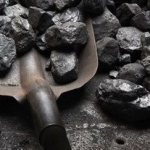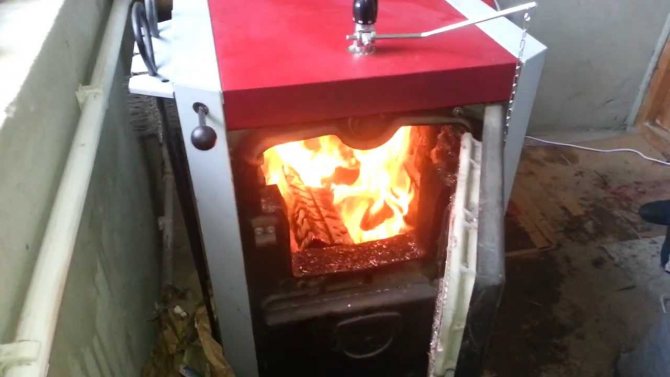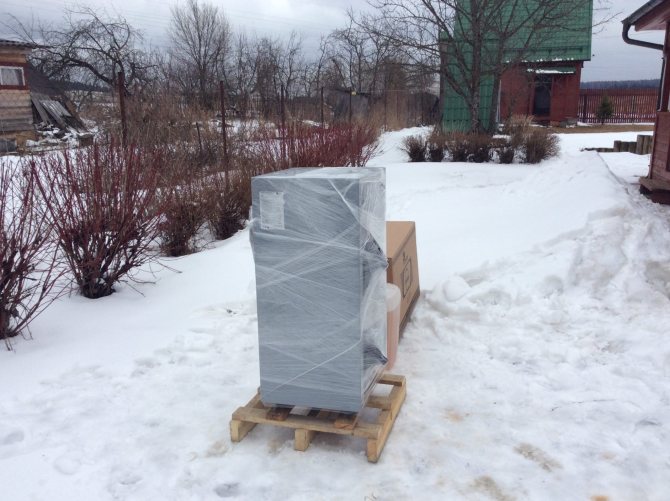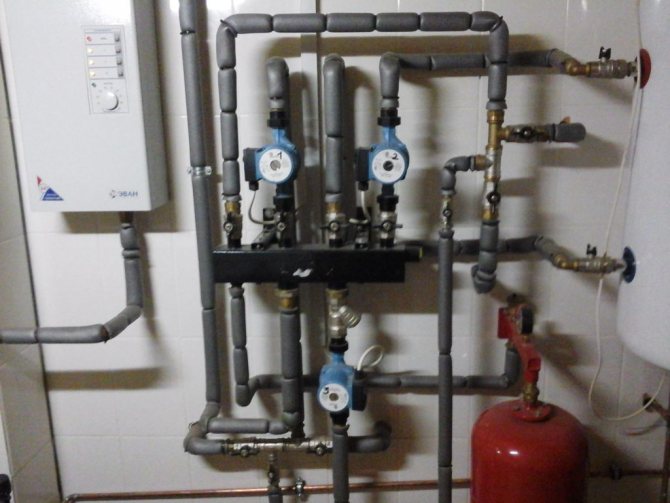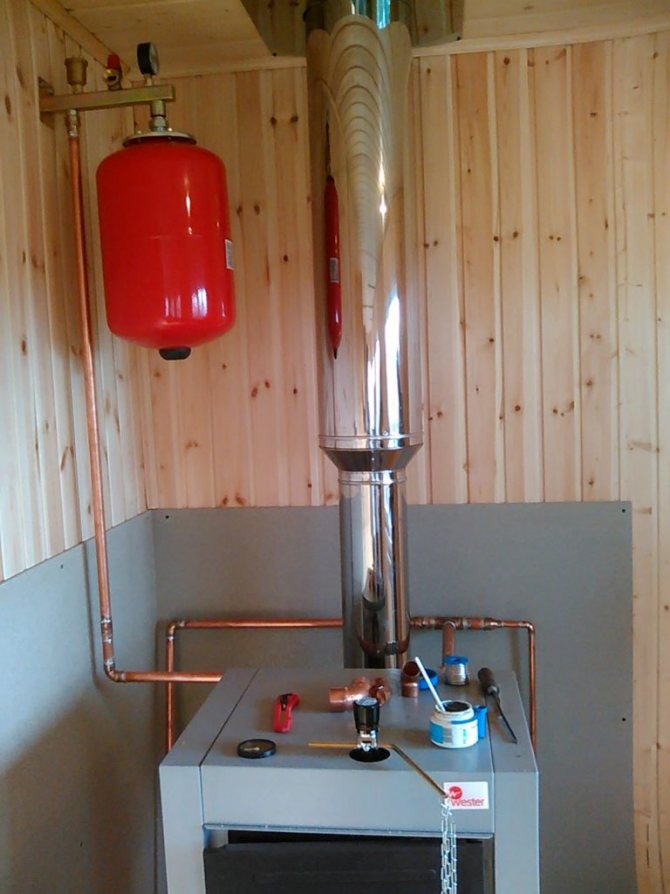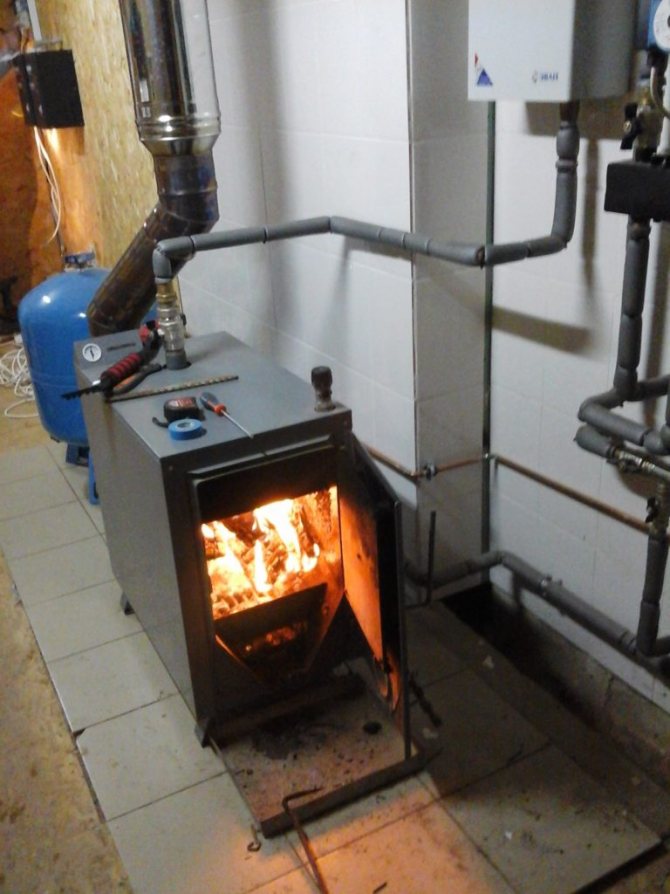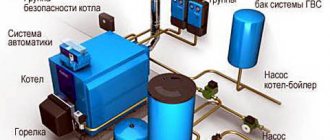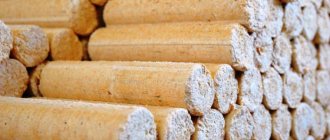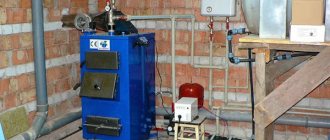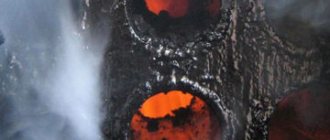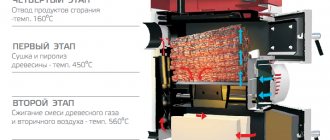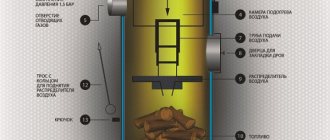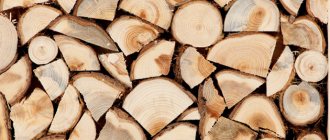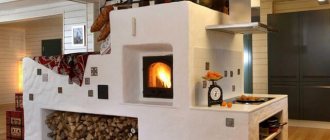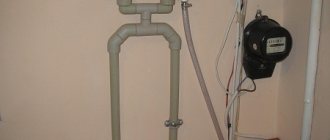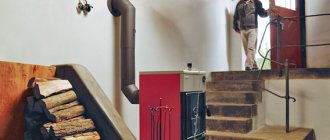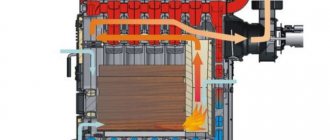Coal heaters are designed for higher temperatures than wood-fired ones. Running on high-calorie fuels, they provide more heat and are able to maintain productivity for longer on one tab.
In order for all these advantages to manifest themselves in full force, you need to know how to properly heat the boiler with coal.
The principle of operation of a coal boiler
There are several types of coal-fired boilers:
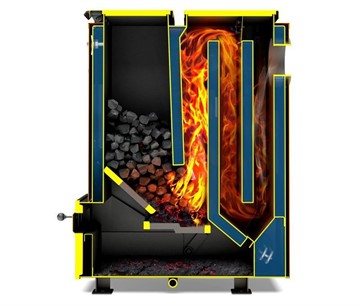
- direct burning... The fuel simply burns in the firebox, bounded from below by a grate. There is an ash chamber under it. The generated heat is communicated to the heat carrier passing through the heat exchanger;
- pyrolysis... The action is based on the ability of fossil fuel to decompose when heated without air access to combustible gases (gas generation or pyrolysis). The firebox is divided into two chambers. In one, gas generation takes place, in the other, the resulting mixture of gases is burned. Air supply to both chambers is controlled by automatic equipment;
- long burning.
Long-burning boilers are divided into two types:
- top burning... The increased volume firebox has an upward-elongated shape. Fuel is ignited from above, air is supplied strictly to the combustion zone. Due to this, the fuel load is burned longer than in a direct combustion boiler;
- forced air... It is blown by a fan through the duct. Upon reaching the desired temperature of the coolant, the controller turns off the blower and the air duct is closed by a damper (lowers under its own weight when the fan is turned off). After the coolant has cooled down, the fan starts up again and ignites the glowing coal.
Modern coal-fired boilers are equipped with an electronic control unit and an automation system that makes the heater's operation safe and efficient.
For regions with unstable power supply, non-volatile boilers are produced, the automatic operation of which is provided by thermogenerators, thermocouples, bimetallic plates and lever systems.
Principle of operation
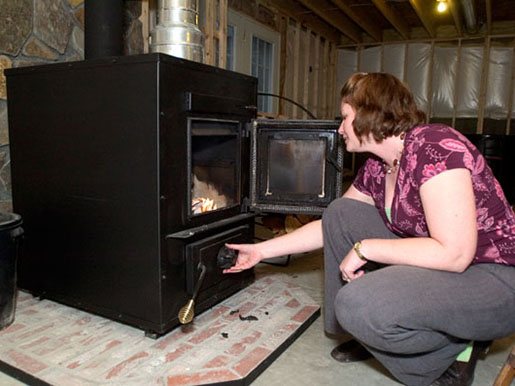

To figure out how to properly heat a boiler with coal, we will understand the principle of operation of such devices. When coal is burned, heat is released, which heats up the heat exchanger with the liquid. It is already under the action of the pump system enters the radiators, heating the air in the required rooms.
The hardware design is pretty simple. Below is an ash pan, where slags and ash are collected. Above it there are grate bars on which the fuel is directly burned. The heat exchanger can be located both around the firebox and from above.
There are also hot coal boilers. They directly heat the air in the room. Their device is much simpler, since there is no intermediary in the form of a liquid heat carrier. They are used more for heating garages and industrial premises.
Long-term combustion models and pyrolysis devices are distinguished by an increased level of efficiency. In the first, air is supplied from above, due to which only the upper layer of fuel is constantly burning. This allows you to load a lot of coal at one time, which will smolder slowly.


Sectional Coal Pyrolysis Boiler
In pyrolysis equipment, an increase in efficiency is achieved by additional combustion of volatile gases that are released during coal oxidation. For this, they are equipped with specially shaped combustion chambers. To make gas evolution more active, a particularly high temperature level inside the furnace is maintained.
Which coal to choose for the furnace?
The fuel is selected in accordance with the recommendations of the boiler manufacturer.
The fact is that there are several types of coal, and they differ significantly in characteristics:
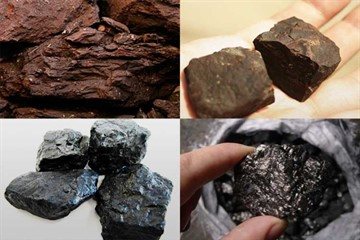

- brown coal... The most common and of the least quality: burns quickly, smokes and emits an unpleasant odor, generates a lot of waste: structure - earthy, color - brown or black, heat capacity: 16-22 MJ / kg, cost: 3.5-4.5 thousand rubles ... per ton;
- coal... Black with metallic or resin sheen. Good quality and at the same time affordable cost. There are several varieties, the most common is long-flame coal: heat capacity: 26-32 MJ / kg, cost: 5.5-7 thousand rubles. per ton;
- anthracite... Gray-black with a luster of glass or metal. The highest quality and most expensive: heat capacity: 32-36 MJ / kg, cost: 8-10 thousand rubles. per ton.
The use of the "wrong" coal leads to cost overruns or damage to the heater. So, when anthracite burns in the optimal mode, the temperature in the furnace reaches 2200-23000C. When loading such fuel into a conventional steel boiler, designed for brown coal, it will quickly burn out.
Or you will have to "hold back" the combustion by cutting off the air supply, due to which the efficiency of anthracite will drop sharply and the cost of purchasing this expensive coal will turn out to be unjustified.
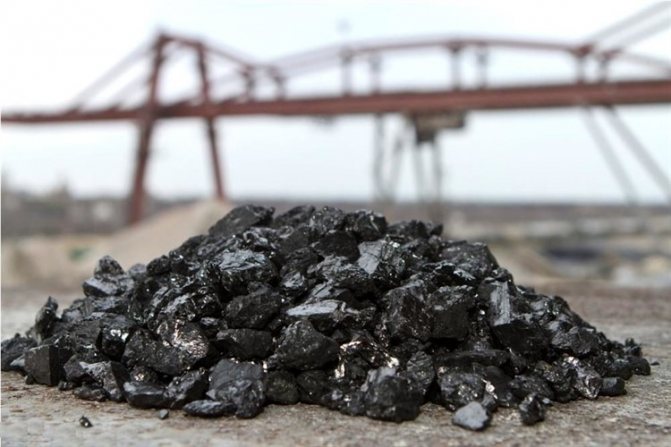

Anthracite
Another example: long-flame coal due to high humidity is unsuitable for a pyrolysis boiler - condensate is abundantly formed in the chimney, which mixes with the combustion products and turns from this into a viscous resinous substance. These heaters require gas-fired coal.
There are toxic types of coal containing more than 2% sulfur. It is strictly forbidden to use them as fuel for furnaces and boilers: during combustion, sulfur oxide (sulfur dioxide) is formed, poisoning the air and destroying metal parts.
Coal
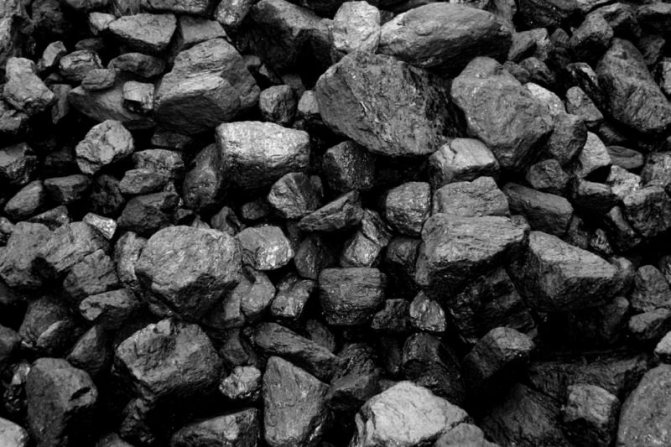

Coal is a traditional raw material for solid fuel boilers. It burns for a long time and has good heat dissipation, but only if it is correctly laid in the firebox, competent ignition and subsequent support.
Coal selection
To increase the boiler efficiency and extend its service life, it is necessary to take into account the manufacturer's recommendations for choosing a coal grade. Usually the brand name and its fraction are indicated in the technical passport of the device. Each of the brands has a different ratio of carbon and impurities, different moisture content, structure, strength and age of formation.
The most popular types of coal for solid fuel boilers:
- Coal. The heat transfer of the fuel is 5500 kcal / kg. The average percentage of carbon and ash is 75% / 3%. Suitable for lighting most classic boiler models.
- Anthracite. Specific heat indicators - 9000 kcal / hour. The percentage of carbon is no more than 7%. The disadvantage of the variety is the difficulty in firing up and the extremely high combustion temperature.
The most demanded and convenient for ignition is hard coal of the long-flame category. This universal fuel for all types of boilers ignites quickly, burns for a long time and gives off a large amount of energy.
You can find brown coal and lingitis on sale. However, these grades are only recommended for commercial use due to their high ash content and high humidity levels.
How to heat a boiler with coal
The solid fuel plant consists of two main chambers: the upper one is used for stowing fuel, and the lower one (ash pan) is used for collecting ash and slag. As the fuel burns in the main chamber, the combustion products gradually fall into the ash pan, from where they are removed manually.
The oxygen supply to the furnace is regulated by the ash pan flap - a draft is generated in the chamber, which is necessary for stable fuel combustion.
Before starting melting, it is necessary to prepare the installation for operation.For this, solid combustion products are removed from the ash pan, the walls of the combustion chamber are wiped and the chimney channels are cleaned.
As soon as the preparatory work is completed, you can start loading fuel and igniting.
- Place dry paper on the grate of the main chamber. It is recommended to pre-crumple it - this way it will ignite faster.
- On top, evenly lay the chips, brushwood - in the form of a well or a hut.
- Light a match and bring it to the paper from different sides - the paper will evenly flare up, involving chips in the process.
- Close the firebox door, open the ash pan flap for oxygen supply. At this stage, you will have to monitor the combustion process of the chips. The intensity can be adjusted using the ash pan (blower) door.
- As soon as the chips have completely ignited, pour a small layer of fine coal on top of it. Its amount should not exceed a third of the combustion chamber.
- After loading the first batch of coal, close the door again to reach the maximum combustion temperature. This usually takes about 15-20 minutes.
- When the first layer of fuel completely engulfs the flame, add the remaining coal to the upper border of the door. Beforehand, it is recommended to slightly stir the burning coal.
- Close the blower door halfway. If there is strong smoke, leave a small crack.
More intensive combustion can be achieved by half-closing the chimney outlet damper.
As the combustion progresses, fuel is added in small portions to the main chamber, each time closing the ash pan flap. Do not put a large amount of coal at once - this will lead to solidification of the fuel on the grate and its premature deterioration.
How to use solid fuel plants correctly?
The efficiency of the TT boiler reaches its maximum when burning in the optimal mode, they are guided by the color of the flame:
- red... Sign of insufficient air supply. Fuel burns longer, but does not burn completely. This leads to a decrease in efficiency and the formation of smoke, which is very harmful to the environment. The exhaust temperature is low and condensation forms abundantly in the chimney. In combination with "bad" smoke, it forms a caustic cocktail that is hazardous to health (do not drain near edible plants);
- yellow... Optimal combustion mode, air is supplied in sufficient quantity;
- white... Sign of excessive air intake. The draft is too strong, the fuel burns out quickly, the lion's share of the generated heat is carried away into the chimney.
The temperature of the coolant in the "return" must not be allowed to fall below + 500C. Otherwise, moisture condenses on the heat exchanger and reacts with the sulfur in the smoke to form sulfuric acid. The latter corrodes the heat exchanger.
Preparing the stove for kindling
Before lighting a stove or boiler after a long period of inactivity, do the following:
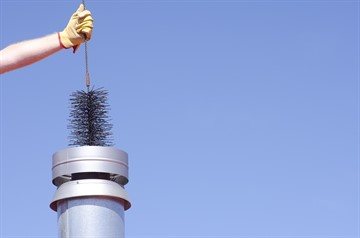

- inspect the firebox for cracks. Through them, poisonous carbon monoxide will enter the room. Found cracks are welded or covered with clay mortar (brick oven);
- check the condition of the chimney. If there is debris or bird nests, the smoke exhaust duct is cleaned. It is also necessary to remove soot: it narrows the chimney and is capable of catching fire, which will lead to damage to the structure, and possibly a fire;
- clean the firebox from soot and wipe it with a dry cloth;
- remove flammable objects and materials near the heater.
Now, if coal is available, the boiler can be fired.
How to properly melt?
A coal stove or boiler is melted in the following sequence:
- open the firebox door and close the blower;
- paper is placed on the grate and chips, cake or other flammable material are placed on it. Here, in the form of a hut or a well, they lay in a small amount of firewood. Set fire to paper;
- close the firebox door and open the blower.In the future, each time before opening the door of the firebox, the blower is closed, and after the door is closed, it is opened;
- after the combustion of the wood bookmark, fine coal is laid on it in a thin layer;
- after the coal burns out, it is stirred up with a poker to prevent caking. Otherwise, air will cease to flow into the firebox;
- the main fuel is laid on the burned-out fine coal - coarse coal with a layer thickness of up to 60 cm;
- the blower flap is slightly opened so that the optimal combustion mode is established in the firebox.
When firing up the boiler with forced air supply, instead of opening the damper, the controller controlling the fan is turned on and the desired temperature of the coolant is set on it.
How to properly heat a solid fuel boiler
The process of operating the device consists of the following stages:
- Pre-ignition. On the grate, you need to make a small fire from paper and wood chips. You can use other materials: branches, birch bark, sawdust. Place large logs on top and set them on fire. To ensure air circulation, do not throw the components of the fire too tightly to each other.
- Primary bookmark. It is made on the coals of a fireplace, in a small portion, about 1-2 handfuls of both hands. The smaller the fuel fraction, the faster the ignition will occur. Then you need to periodically stir up pieces of coal for high-quality kindling.
- When the first batch of fuel has ignited, you can add the next one. Now you can take larger pieces.
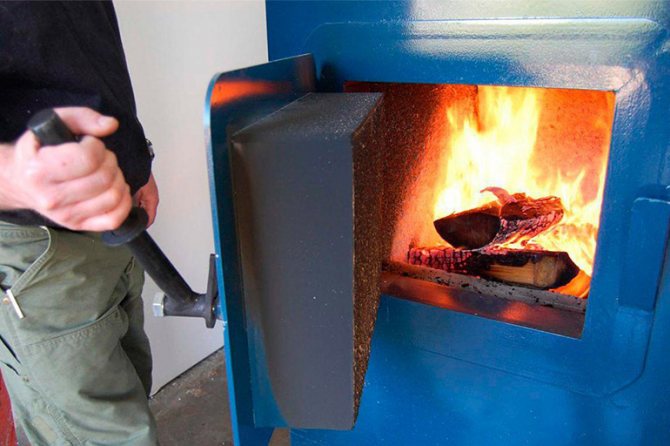

Next, you need to monitor the boiler and add fuel as necessary. According to the instructions, it is clear that, in addition to coal, other materials are involved in the ignition of the unit. Therefore, the owners need to make a supply of firewood and chips with the calculation of seasonal requirements. It is better to store them under a canopy or in another room to keep them dry.
